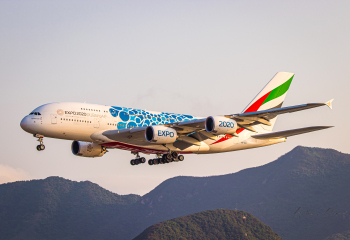Major aviation hubs in the United Arab Emirates (UAE) and Saudi Arabia are expected to fuel the recovery of the Middle East's aviation market in 2024.
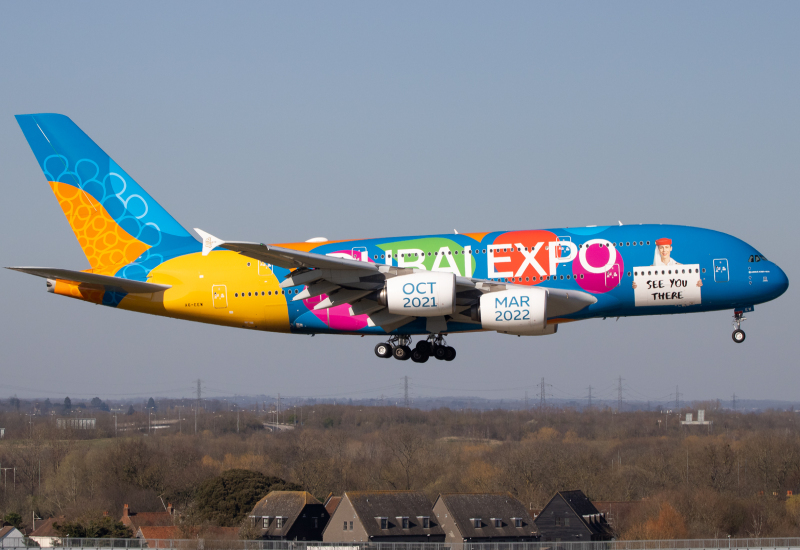
This forecast was announced at the Global Airport Leaders Forum that took place in Dubai from May 9 to 11. Both countries are predicted to play a major role in passenger traffic recovery due to having airports that serve as hubs for major airlines.
These airports are located in Dubai and Abu Dhabi in the UAE and in Riyadh, Jeddah, and Dammam in Saudi Arabia. Kashif Khalid, the Regional Director of the Middle East and Africa at the International Air Transport Association (IATA) shared updates on the region's aviation market at the forum.
Khalid stated that the Middle East is currently the global leader in terms of the recovery in passenger traffic, with traffic reaching 93% of pre-pandemic levels.
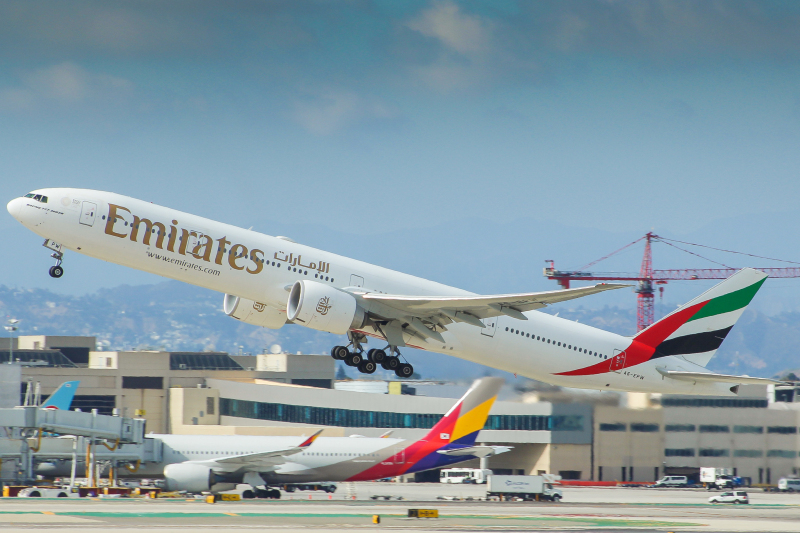
In the UAE, Dubai Airports raised its forecast for passenger traffic in 2023 to 83.6 million passengers after seeing strong results in recent months. Dubai Airports is the owner of Dubai International Airport (DXB) and Al Maktoum International Airport (DWC) in Dubai.
Dubai Airports saw 21.3 million passengers pass through DXB in the first quarter of 2023, which represents a 55.8% increase from the same time last year. Passenger traffic at DXB has now reached 95.6% of pre-pandemic levels.
The UAE as a whole saw 31.8 million passengers transit through its airports in the first quarter of this year, which is a sharp increase from 11.48 million passengers in the same time period last year. This figure includes traffic at Abu Dhabi International Airport (AUH), which is the country's other major aviation hub.
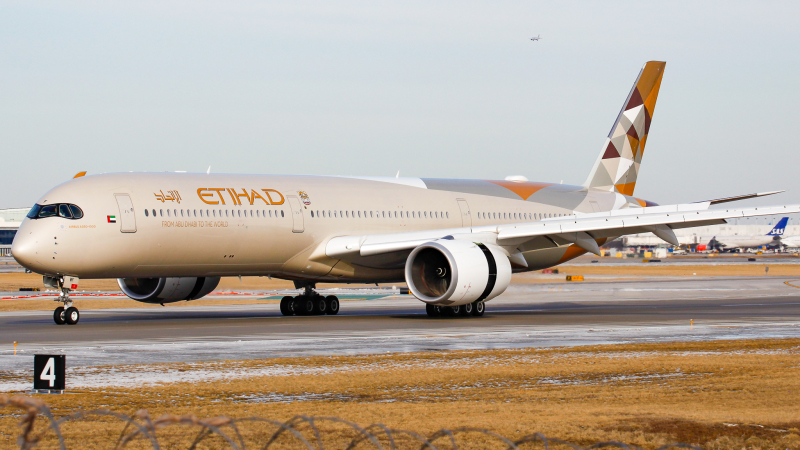
In Saudi Arabia, King Abdulaziz International Airport (JED) in Jeddah received more than two million passengers since the start of Ramadan on March 23. JED became the country's busiest airport in 2022 after handling 32 million passengers during the year.
King Khalid International Airport (RUH) in Riyadh received 27 million passengers while King Fahd International Airport (DMM) in Dammam saw 10 million passengers in the same time period.
Saudi Arabia as a whole saw 88 million passengers travel through its airports in 2022, which represents an 82% increase in passenger traffic from the previous year.
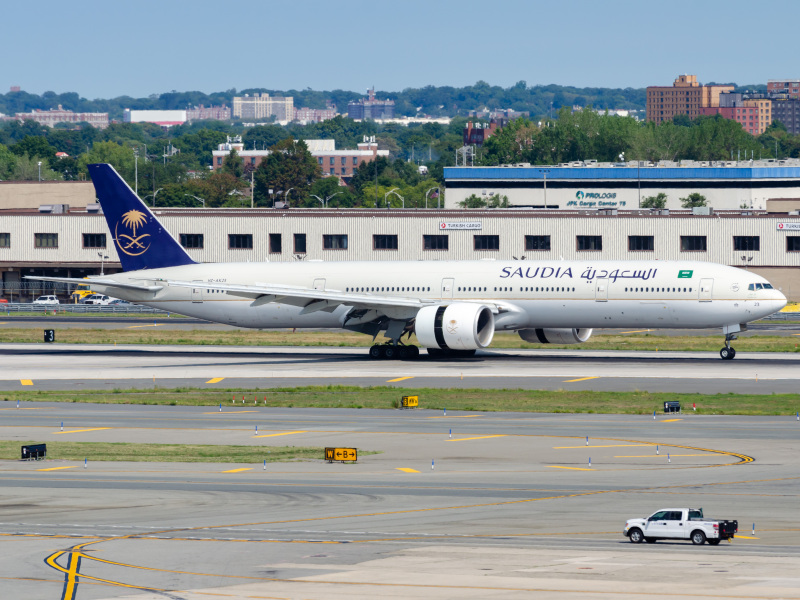
The aviation industry is increasingly becoming a priority for countries in the region as passenger traffic returns to pre-pandemic levels.
The Middle East has become a major player in the global aviation market due to its strategic location and world-class airlines. Many passengers use the region's airports to travel between continents on connecting flights. Carriers such as Emirates and Turkish Airlines are popular since they offer routes to hundreds of destinations worldwide.
Other aviation hubs in the Middle East include Hamad International Airport (DOH) in Qatar and Istanbul Airport (IST) in Turkey.
Could You Survive a Plane Crash? The Unlikely Science of Plane Crash Survival » Export Development Canada Secures Aircraft Repossession in Nigeria Under Cape Town Convention » Thousands of Flights Impacted as Winter Storm Blair Hits U.S. »
Comments (0)
Add Your Comment
SHARE
TAGS
NEWS UAE Middle East Saudia Arabia Middle East Aviation Emirates Saudia EtihadRECENTLY PUBLISHED
 Could You Survive a Plane Crash? The Unlikely Science of Plane Crash Survival
With air travel consistently being heralded as the safest form of public transport, most of us do not board a plane pondering our chances of survival in the event of a crash. But, is it possible to survive one?
INFORMATIONAL
READ MORE »
Could You Survive a Plane Crash? The Unlikely Science of Plane Crash Survival
With air travel consistently being heralded as the safest form of public transport, most of us do not board a plane pondering our chances of survival in the event of a crash. But, is it possible to survive one?
INFORMATIONAL
READ MORE »
 Maldivian Airlines Introduces First-Ever Widebody Aircraft, Plans New China Flights
Maldivian, the government-owned national airline of the Maldives, has just welcomed its first-ever wide body aircraft: the Airbus A330-200. With the new aircraft, the carrier also plans brand-new long haul international flights to China.
NEWS
READ MORE »
Maldivian Airlines Introduces First-Ever Widebody Aircraft, Plans New China Flights
Maldivian, the government-owned national airline of the Maldives, has just welcomed its first-ever wide body aircraft: the Airbus A330-200. With the new aircraft, the carrier also plans brand-new long haul international flights to China.
NEWS
READ MORE »
 Thousands of Flights Impacted as Winter Storm Blair Hits U.S.
Winter Storm Blair has unleashed a huge blast of snow, ice, and freezing temperatures across the Central and Eastern United States.
As of Sunday afternoon, over 6,700 flights and counting have been disrupted. This includes cancelations and significant delays leaving passengers scrambling to change flights and adjust travel plans.
NEWS
READ MORE »
Thousands of Flights Impacted as Winter Storm Blair Hits U.S.
Winter Storm Blair has unleashed a huge blast of snow, ice, and freezing temperatures across the Central and Eastern United States.
As of Sunday afternoon, over 6,700 flights and counting have been disrupted. This includes cancelations and significant delays leaving passengers scrambling to change flights and adjust travel plans.
NEWS
READ MORE »



